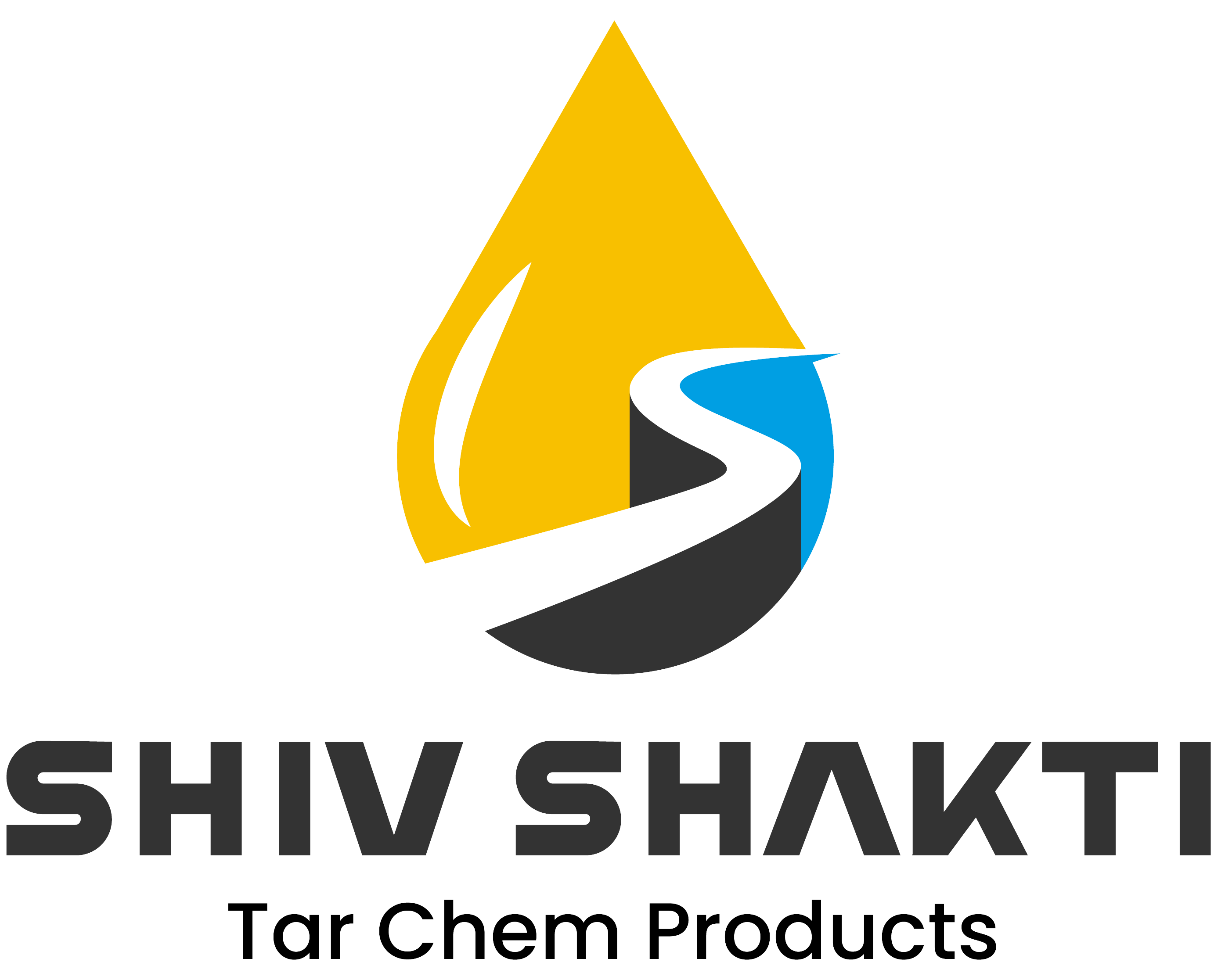Oxidized Bitumen 115/15
Understanding oxidized bitumen 115/15
Applications:
How to apply:
The application of oxidized bitumen 115/15 requires careful consideration of temperature and surface preparation. Here are the key steps involved:
-
Heating: Oxidized bitumen 115/15 needs to be heated to a temperature double that of its softening point to achieve the required flow and viscosity for application. Typically, it is heated up to 230°C when in its bale form. If stored in bitumen bags, additional heating may be necessary to melt the bags, typically requiring an extra temperature increase of approximately 50°C.
-
Surface Preparation: Before applying oxidized bitumen 115/15, surfaces must be thoroughly cleaned, dry, and free of any loose particles, curing products, irregularities, or slurry. Failure to clean the area adequately may result in poor adhesion and the easy removal of the applied bitumen.
-
Application: Once the surface is prepared, the heated oxidized bitumen 115/15 can be applied using suitable equipment such as brushes, rollers, or sprayers. Care should be taken to ensure uniform coverage and adequate thickness, depending on the specific application requirements.
-
Cooling and Setting: After application, the oxidized bitumen 115/15 should be allowed to cool and set properly to achieve the desired properties and performance. During this time, it forms a durable and waterproof layer, providing protection to the underlying surface.
By following these guidelines for temperature control and surface preparation, oxidized bitumen 115/15 can be effectively applied for various construction and waterproofing applications, ensuring durability and longevity of the treated surfaces.
Storage/handling of oxidized bitumen 115/15
Packing of oxidized bitumen 115/15
Specification of oxidized bitumen 115/15
| Bitumen 115/15 | Test method | Unit | Specification |
| Specific gravity @25/25 C | ASTM D70 | (Kg/m3) | 1.05 approx. |
| Penetration @ 25°c | ASTM D5 | mm/10 | 10/20 |
| Softening point °c | ASTM D36 | °C | 110/120 |
| Ductility @25 °c | ASTM D113 | Cm | 1.5min |
| Loss on heating(wt) % | ASTM D6 | Wt. % | 0.2 max |
| Flashpoint c | ASTM D92 | °C | 250 min |
| Solubility is CS2(wt) % | ASTM D4 | Wt. % | 99.5 max |
| Spot test | A.A.S.H.O.T102 | — | Negative |
| Spot test | A.a.s.h.o.t102 | Negative |
